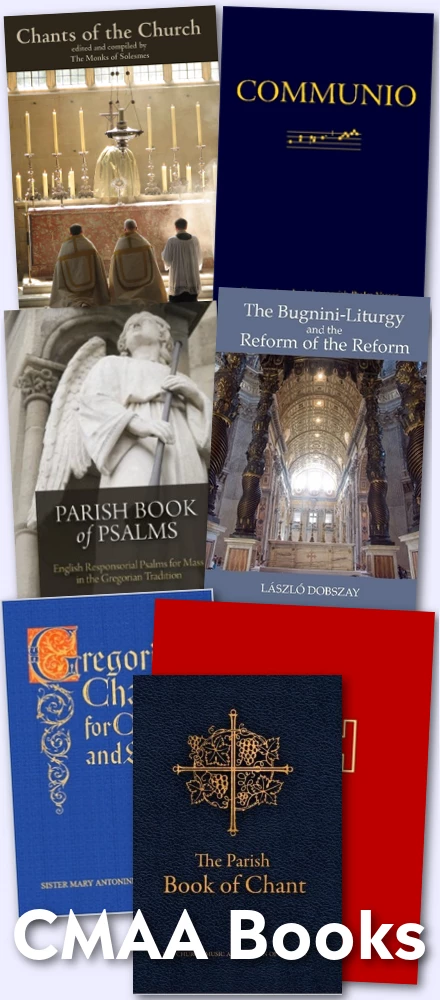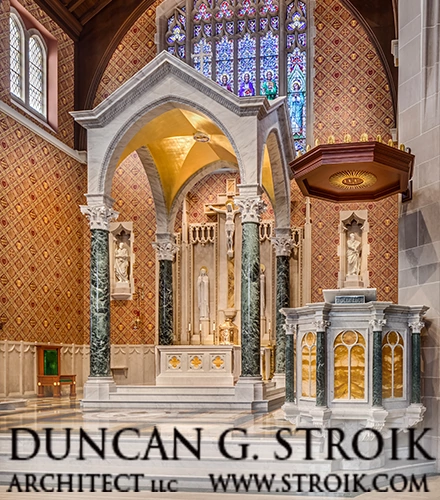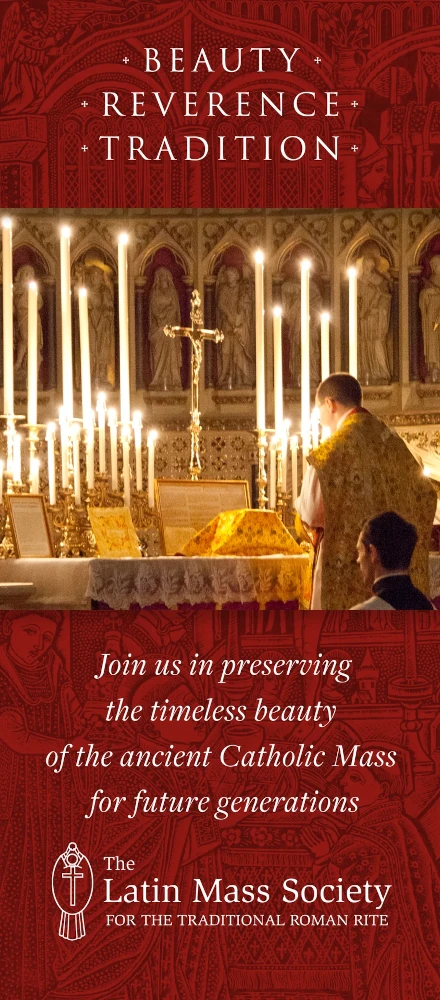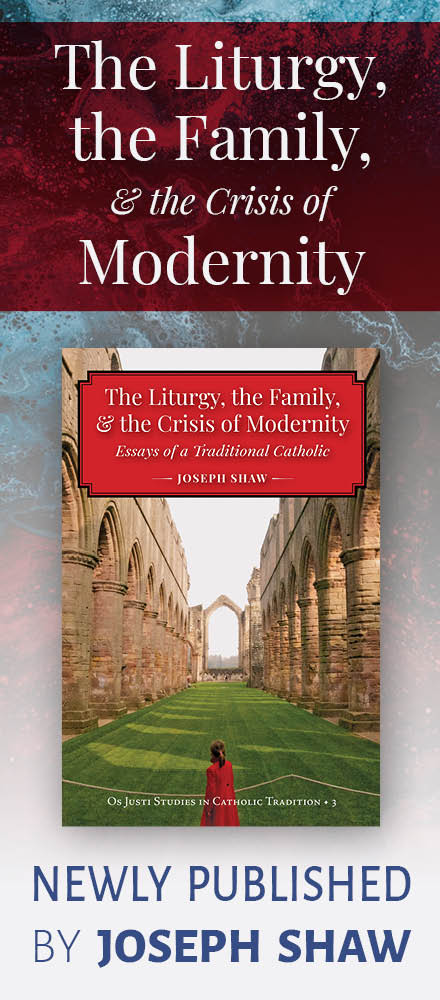Lost in Translation #125
After the lavabo, the priest goes to the middle of the altar, looks up to Heaven, and, bowing, asks the Triune God to receive his entire offering:
Súscipe, sancta Trínitas, hanc oblatiónem, quam tibi offérimus ob memoriam passiónis, resurrectiónis, et ascensiónis Jesu Christi, Dómini nostri, et in honórem beátae Maríae semper Vírginis, et beáti Joannis Baptistae, et sanctórum Apostolórum Petri et Pauli, et istórum, et omnium sanctórum: ut illis proficiat ad honórem, nobis autem ad salútem: et illi pro nobis intercédere dignentur in caelis, quorum memoriam ágimus in terris. Per eundem Christum Dóminum nostrum. Amen.Which I translate as:
Receive, O holy Trinity, this oblation which we make to Thee in memory of the Passion, Resurrection and Ascension of our Lord Jesus Christ, and in honor of Blessed Mary ever Virgin, blessed John the Baptist, the holy Apostles Peter and Paul, these Saints of yours here, and all the Saints, that there may be an increase of honor for them and of salvation for us, and may they deign to intercede for us in Heaven, whose memory we celebrate on earth. Through the same Christ our Lord. Amen.
The formula is not unique. The so-called Gallican rite had several prayers beginning with Suscipe sancta Trinitas hanc oblationem, quam tibi offerimus, and continuing with any number of petitions, such as the wellbeing of the Holy Roman Emperor and the King of the Franks. The prayer that made it into the 1570/1962 Missal first appeared in the Monte Cassino region of Italy around the eleventh century and was unaccompanied by similar prayers. [1]
By appearing without prayers of the same formula, and by following the single offerings of bread, wine, incense, and worshippers, the Suscipe Sancta Trinitas in the traditional Roman Missal serves several purposes.
First, it is a fitting Trinitarian capstone to the earlier Offertory prayers. The Suscipe Sancte Pater addresses the Father, the Deus qui humanae praises the Son, and the Veni Sanctificator invokes the Holy Spirit. And now, by way of summary, the priest speaks to all three Divine Persons at the same time.
Second, the Suscipe Sancte Pater is a remarkably succinct and eloquent summary of the theology of Eucharistic sacrifice. The Mass re-presents not the Last Supper but the Paschal Mystery, the Passion [and Death], Resurrection, and Ascension of our Lord Jesus Christ. The latter event, which brings the fruits of the Resurrection into Heaven, is often overlooked as an integral part of the Paschal Mystery.
What is more, every Mass honors the shining stars of Christ’s Mystical Body, the Blessed Virgin Mary and all the Saints. The prayer’s list of Saints roughly follows that of the Confiteor with two exceptions. First, Michael is not mentioned, perhaps because he has just received a shout-out in the prayer Per intercessionem. Second, the Saints whose relics are in the altar are remembered with the word et istorum, which we translate “these Saints of yours here” (for more on the Latin pronoun iste, see here). This is the second and final time that these Saints are invoked, the first being when the priest kisses the altar at the beginning of Mass. It is appropriate that they are remember here, soon before the Consecration, for only the bones of martyrs were put in altars, and the martyrs, by virtue of their blood being shed for Christ, have a special affinity to the sacrifice of the Cross. There was even a sort of urban legend in the early Church that every martyr, male and female, became an honorary priest by virtue of their shed blood.
Third, the prayer expresses the intended effect of every Mass: to increase the honor of the Saints and the salvation of the Church militant, and it concludes with a special prayer for their intercession. It is perhaps surprising to modern ears to hear how much both the Bible and traditional liturgy seem to care about honor, but the worshipping community of believers derives special joy from giving honor and glory to God and His friends.
Finally, the priest began the Lavabo by stating that he will walk among the innocent. Here, surrounded by the holy cloud of witnesses he has invoked, he may be said to be fulfilling that prediction.
Note
[1] Jungmann, vol.2, 46 and 49, n. 35.























